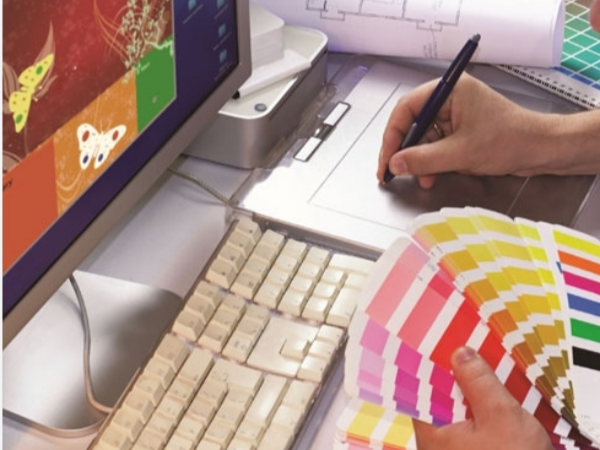Printing colors VS what you see on a monitor
Time:2025-06-03
Views:24
Printing colors often differ from what you see on a monitor due to different color models and how colors are created. Monitors use RGB (Red, Green, Blue) light to display colors, while printers use CMYK (Cyan, Magenta, Yellow, Key/Black) ink to print colors. This difference in color models, combined with how light and ink interact, can lead to variations in the final printed output.
Here‘s a more detailed explanation:
1. Color Models:
RGB:
Monitors use RGB, an additive color model. This means that colors are created by combining different amounts of red, green, and blue light. When all three colors are present, they create white.
CMYK:
Printers use CMYK, a subtractive color model. This means that colors are created by subtracting different amounts of cyan, magenta, yellow, and black ink from a base white paper. When all four colors are present, they create black.
2. Light vs. Ink:
Monitors:
Use light to display colors, which are seen by reflected light from the screen. This results in bright, saturated colors.
Printers:
Use ink to create colors on paper. Since paper reflects light, the printed colors will appear slightly darker and less saturated than what you see on screen.
3. Color Gamut:
Monitors and printers have different color gamuts, meaning they can display or reproduce different ranges of colors. While they share many colors, some colors can be displayed on a monitor that a printer cannot print, and vice versa.
4. Color Calibration:
You can calibrate your monitor to help improve color accuracy between your screen and your printer. Calibration helps to ensure that the colors you see on your screen more closely match the colors that will be printed.
5. Other Factors:
Paper type: Different types of paper can affect how colors are perceived in print.
Printer settings: Adjusting printer settings (e.g., color intensity, paper type) can also impact the final print output.
In essence, understanding the differences between RGB and CMYK, as well as the role of light and ink in color creation, can help you anticipate and address color variations between your monitor and printed output.







